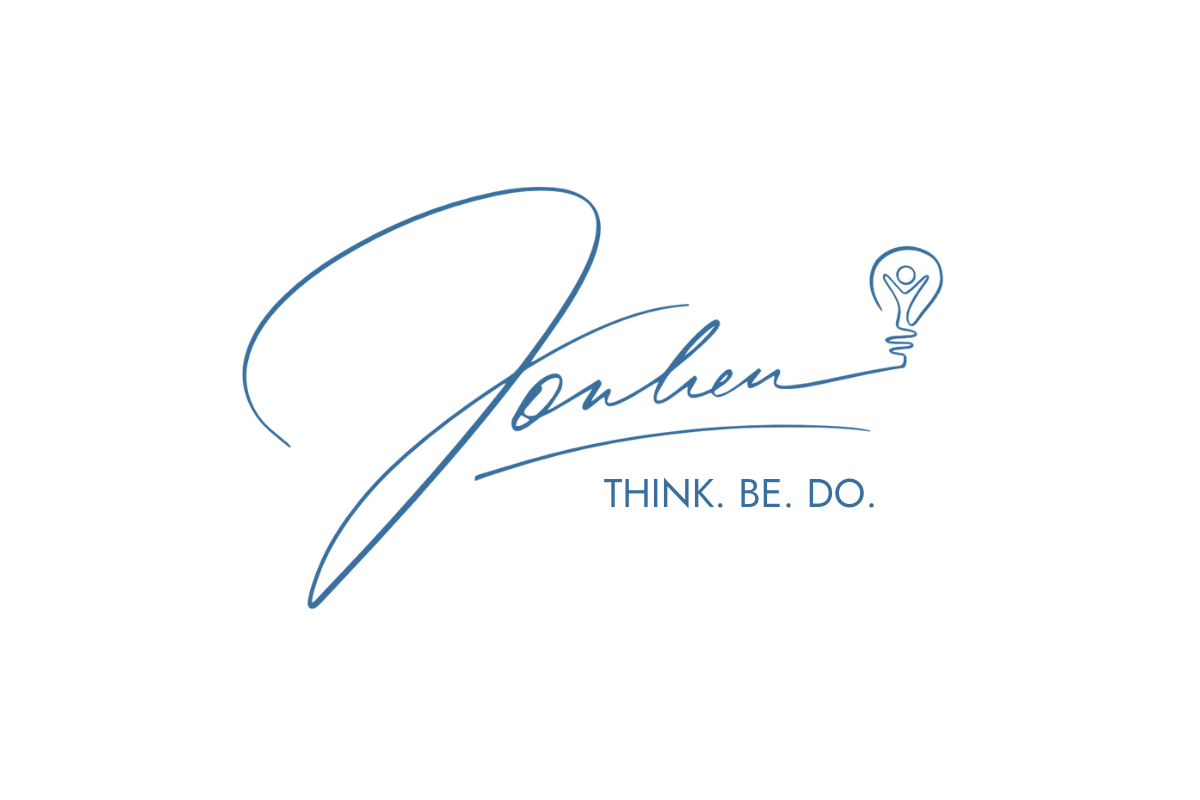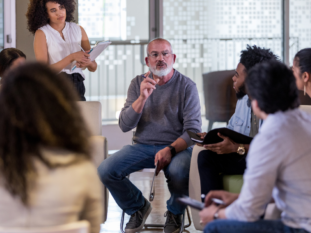
In the heart of a small school district, a new leader named Carol embarked on a mission that would come to redefine her career and the community she served. Bursting with enthusiasm and armed with a wealth of experience in steering special academic programs, Carol faced an immediate challenge: a longstanding issue that had torn the community apart. With a sense of purpose, she dove headfirst into the task, aiming to create bold, new solutions to the daunting challenge.
In the whirlwind of her arrival, Carol’s eagerness to fix things swiftly led her to unilaterally craft a comprehensive plan, with full expectation that it would earn unanimous approval from the school board and the appreciation and gratitude of the community. But what unfolded next caught her completely off guard. Her well-intentioned approach backfired dramatically.
A storm of fury swept through the district. Staff, parents, and community members, feeling excluded and unheard, unleashed their discontent in a torrent of impassioned emails, marathon school board public comment sessions, and a flurry of scathing Letters to the Editor in the local newspapers. Instead of bridging the divides, Carol's actions widened the chasm, breeding resentment, plunging morale among the staff, and sowing seeds of distrust in the district’s leadership.

In the wake of this turmoil, the entire plan lay in ruins, like broken glass. Carol found herself at a crossroads, with the difficult task of picking up the pieces.
As much as she tried to course-correct, the damage was already done.
The truth was painfully clear: Carol's good intentions cemented the path to deeper discord. The aftermath, bitter as it was, could have been avoided, if only she had understood the importance of creating psychological safety while developing solutions to challenges.
Psychological Safety: A Prerequisite to Solving Complex Challenges
So, what exactly is psychological safety? According to author Timothy R. Clark, psychological safety is a condition in which people feel included and safe to learn, contribute, and challenge the status quo. When people feel psychologically safe, they’re more likely to share their ideas, perspectives, and lived experiences. And these are vital to creating better solutions.
For educational and nonprofit leaders, psychological safety is the bedrock on which community and collaboration thrive. Without it, leaders don't stand a chance of overcoming the persistent challenges impacting their communities.
But why do so many leaders neglect psychological safety and jump right into problem solving mode? Well, I can think of a few reasons. Many leaders cave in to the external (and sometimes internal) pressure to create solutions on their own. They want to be perceived as competent problem solvers. Some leaders see the urgency of the challenge and think they’re losing precious time by involving stakeholders. And then there are other leaders who have a deficit mindset, who don’t believe their communities have what it takes to solve problems that affect them. But all these leaders tend to reap negative consequences of such beliefs and attitudes.
In the end, they, like Carol, lose far more than time, face, and approval...they lose the trust of those they serve. And once trust is gone, the community is robbed of a sense of ownership, agency, and collective efficacy, some of the very things that lead to sustainable solutions.
People-Centered Design: One Framework, Two Goals
People-Centered Design is a solution-finding framework that helps leaders prioritize two goals: psychological safety and bold solutions. Here’s a quick overview of the five non-linear phases and how they help leaders achieve both goals:

Empathize to Understand
This initial phase involves developing an understanding of stakeholder perspectives and lived experiences, giving leaders insights into their strengths, challenges, and aspirations and making people feel heard, valued, and included as vital contributors to solution-finding.

Define and Reframe
Leaders then analyze the information gathered to define the core issues and challenges, ensuring a clear understanding of the problems to be solved. They reframe the challenges as actionable problem statements from stakeholders’ perspectives and identify solution criteria validated by stakeholders.

Ideate
Once leaders understand the problems to be solved and what their community desires, they bring diverse stakeholders together in a creative brainstorming process to generate a wide range of ideas. This phase promotes learner safety and contributor safety through fun, out-of-the-box thinking activities.

Create
With promising ideas identified, leaders can develop prototypes or mock-ups, transforming conceptual ideas into physical or digital forms that stakeholders can interact with, and providing them with a clear vision of the potential solutions.

Test and Refine
Leaders then try out small scale solutions in context so that stakeholders have opportunities to offer their valuable feedback. Stakeholders feel safe to challenge ideas and leaders make necessary improvements, ensuring that the final solution aligns perfectly with their community’s needs and expectations.
In Carol’s story there lies a powerful lesson in the importance of nurturing psychological safety while seeking solutions to organizational challenges. It’s a reminder that true progress is not merely about developing and implementing solutions but about weaving a tapestry of understanding, compassion, and collaboration. It's a call to create spaces where every voice matters.
